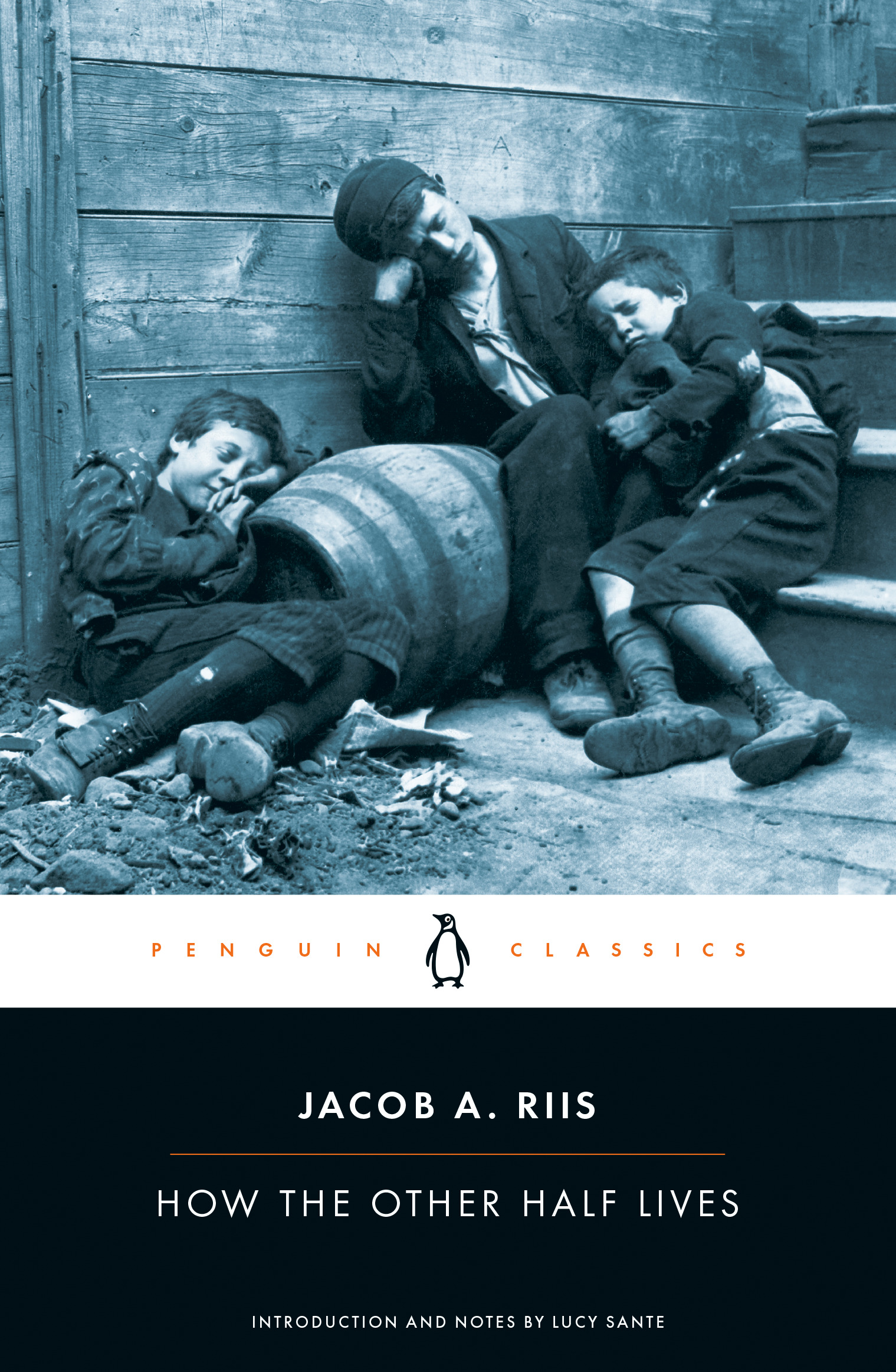How the Other Half Lives Book Summary
Studies Among the Tenements of New York
TL;DR
Jacob A. Riis's "How the Other Half Lives" exposes the dire living conditions of the urban poor in New York City, inspiring reforms that significantly impacted society.
What is How the Other Half Lives about
Published in 1890, "How the Other Half Lives" is a groundbreaking work by journalist Jacob A. Riis, who aimed to shine a light on the appalling conditions faced by the impoverished residents of New York City's tenements. The book combines vivid descriptions and powerful photographs to paint a stark portrait of poverty, child labor, and the struggles of marginalized communities. Riis's work not only provided a detailed account of life in the slums but also sought to incite public awareness and reform, ultimately leading to significant changes in housing legislation and urban policy. It stands as a crucial piece of social journalism that laid the groundwork for future muckraking efforts.
How the Other Half Lives 8 Key Takeaways
Exposé of Living Conditions
Riis documents the harsh realities faced by the urban poor in New York City, detailing life in overcrowded tenements with inadequate sanitation and ventilation.
Child Labor and Exploitation
The book highlights the plight of working children, many of whom were forced to labor in factories for meager wages, shining a light on a societal issue that required urgent attention.
Impact on Social Reforms
Riis's work inspired political action and legislation aimed at improving the living conditions for the urban poor, marking a significant shift in public policy.
Visual Storytelling
Through powerful photographs, Riis enhances his narrative, providing a visual context that underscores the severity of the conditions he describes.
Muckraking Journalism Precursor
"How the Other Half Lives" is seen as a precursor to muckraking journalism, influencing later social reformers and journalists to expose corruption and advocate for the disenfranchised.
Public Awareness and Sympathy
Riis's vivid storytelling fosters empathy and awareness among middle and upper-class readers, urging them to recognize and address the plight of the poor.
Urban Poverty as a Social Issue
The book positions urban poverty as a significant societal concern, challenging readers to consider the broader implications of wealth inequality.
Call for Responsibility
Riis encourages society to take responsibility for the welfare of the less fortunate, advocating for collective action and reform.
Top How the Other Half Lives Quotes
- "The slums are not the result of the poor man's sin; they are the result of society's neglect."
- "A picture is worth a thousand words, and certainly a picture of a child's suffering can evoke a response that words alone cannot."
- "It is the business of the public to keep the government aware of its responsibilities to those in need."
Who should read How the Other Half Lives?
This book is ideal for readers interested in social justice, history, and urban studies. Those who aim to understand the historical context of poverty in America and the evolution of social reform will find it both enlightening and inspiring.
How the Other Half Lives Best Reviews
- "A harrowing and eye-opening account of the plight of the urban poor that remains relevant today." - The New York Times
- "Riis's combination of gripping narrative and stunning visuals captures the urgency of social reform in America." - The Atlantic
- "An essential read for understanding the roots of social justice movements in the United States." - Library Journal
People also liked these summaries
How the Other Half Lives FAQs
What was the purpose of the book How the Other Half Lives?
Riis's book aimed to expose the squalid conditions of the urban poor, raising public awareness to instigate social and political reforms.
How did How the Other Half Lives influence social reform?
The book played a crucial role in inspiring legislation aimed at improving tenement conditions and laid the groundwork for future social activism.
What themes are explored in How the Other Half Lives?
Key themes include poverty, child labor, the role of urbanization in societal issues, and the call for social responsibility among the affluent.
